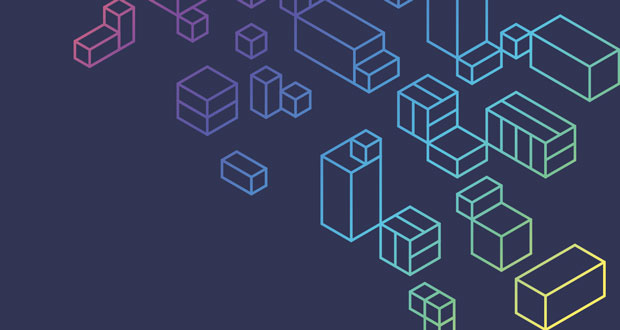The energy crisis, rising inflation and a move to net zero means FMs must find new ways to reduce costs and improve building efficiencies. FM software can play a vital role in helping to address these challenges
The cost of heating, lighting, cooling, maintenance and other expenses makes facilities management one of the most sizeable operating investments, believes Esther Coleman, Product Manager, Idox; with FMs responsible for the proper management of all risks and proactive responsibility for maintenance issues, ensuring building compliance and controlling expenses.
“To successfully manage these in a streamlined and cost-effective way, facilities managers need the tools to centralise these functions for complete visibility of tasks. CAFM empowers facilities managers to proactively monitor and manage all maintenance functions, compliance and safety across an estate, away from the inaccuracy and manual nature of spreadsheets.”
Deploying CAFM tools helps organisations understand the data behind the most effective way to maintain their facility, says Paul Bullard, Director of Product Management at MRI Software.
“Whether it’s determining how often a site should be cleaned, understanding how many people are on or off-site to manage, or gaining a better picture of energy usage, CAFM tools offer businesses the data required to ensure owners and operators make the right decisions and the best use of their facilities.”
An additional advantage adds Karl Breeze, CEO at Matrix Booking is that by taking care of repeatable and time-consuming tasks that no longer require a human interface, FMs get time back to spend designing and engineering facilities to service staff and their individual needs.
“No longer do facilities managers need to play gatekeeper to rooms, desks or shared equipment – employees can see for themselves which resources are available and when, then book, cancel and rebook without wasting anyone else’s time. Access to a visual picture of historic resource usage means that FMs can more easily predict organisational needs in the future.
“Furthermore, predictions can be made more accurate using the latest in sensor technology, which records the actual occupancy of rooms and desks, which is typically somewhat different from planned occupancy. This information empowers FMs to ensure that increasing demand is met, and spending on resources is reduced if demand for space or equipment drops off.”
 Another area where FMs can help a business cut costs and increase efficiencies is supply chain management, says Paul Witter, Chief Partnerships Officer at BigChange: “Facilities managers should be looking for supply chain partners who are embracing digitalisation. Be proactive and if required, change suppliers to one that matches your aims in terms of embracing digital technology. This is the best way to drive efficiencies in the supply chain.”
Another area where FMs can help a business cut costs and increase efficiencies is supply chain management, says Paul Witter, Chief Partnerships Officer at BigChange: “Facilities managers should be looking for supply chain partners who are embracing digitalisation. Be proactive and if required, change suppliers to one that matches your aims in terms of embracing digital technology. This is the best way to drive efficiencies in the supply chain.”
CHOOSING CAFM
Because CAFM systems need to span the same broad field of operations as facility management itself, it’s important to choose the software that suits your particular needs.
“The facility management profession has quite a broad footprint, which is why we offer solution sets to suit the dominant domains of FM activity,” says Alison Wright, Marketing Manager UK, Planon.
“Buildings may serve different purposes like knowledge work (office), manufacturing (factories), selling (stores), health services (hospitals), education (Universities) and other specific purposes like computing (data centres).
“The acquisition of new properties (owned or leased) incurs new FM activity in the areas of asset and maintenance management and space and workplace management for instance, while the decommissioning of properties involves activity (projects) from the FM side too.
“Think of moves. Here, Real Estate Portfolio Management is an important component of our CAFM solution set: capital planning & project management, transaction planning & management, lease management and lease accounting. The key aspects here are not only about supporting the real estate activities as such, but also the business integration with other domains of FM activity like space/workplace management, asset/maintenance management and so on.”
According to Neil Harrison, CEO at Ostara Systems, it’s vital that the software you choose focuses on what you are looking to achieve. He explains that when it comes to managing their maintenance, for most clients this takes the form of cost control and maintaining legislative compliance.
He explains: “Controlling client maintenance spend can be done in different ways. Crucially, the Ostara System has been designed to ensure that it establishes a culture of only paying for work done. The process aims to promote a trusted and fair relationship between clients and contractors. The control mechanism uses an automatic calculation of expected costs, based on contractor rates and time on site. To ensure an accurate reflection of time on site, our mobile app works on all Apple and Android devices, and has the ability to validate an engineers’ location.”





